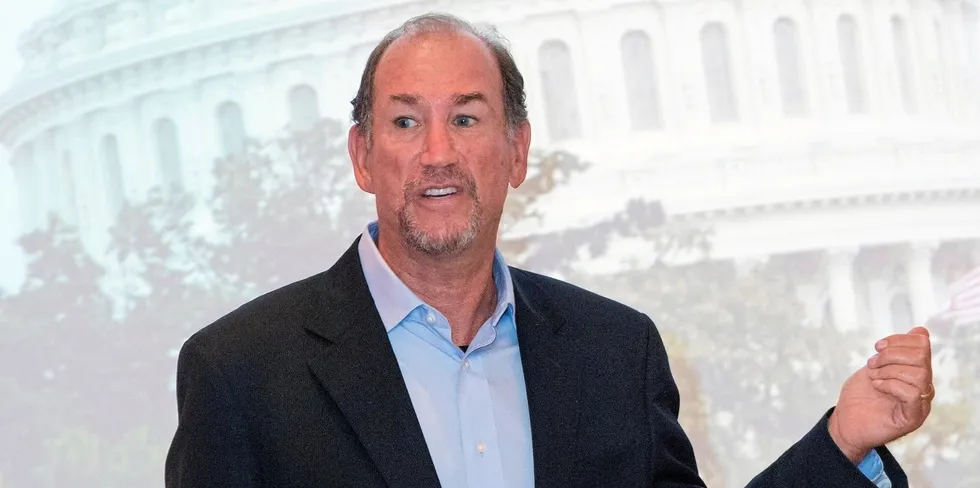'America's leading investors and developers understand the urgency of the moment'
From bold climate plans coming out of the White House to increasingly ambitious clean energy targets from Fortune 500 companies, there is a fast-growing appetite for renewable power here in the US. Now we must capitalise on it, writes Gregory Wetstone
